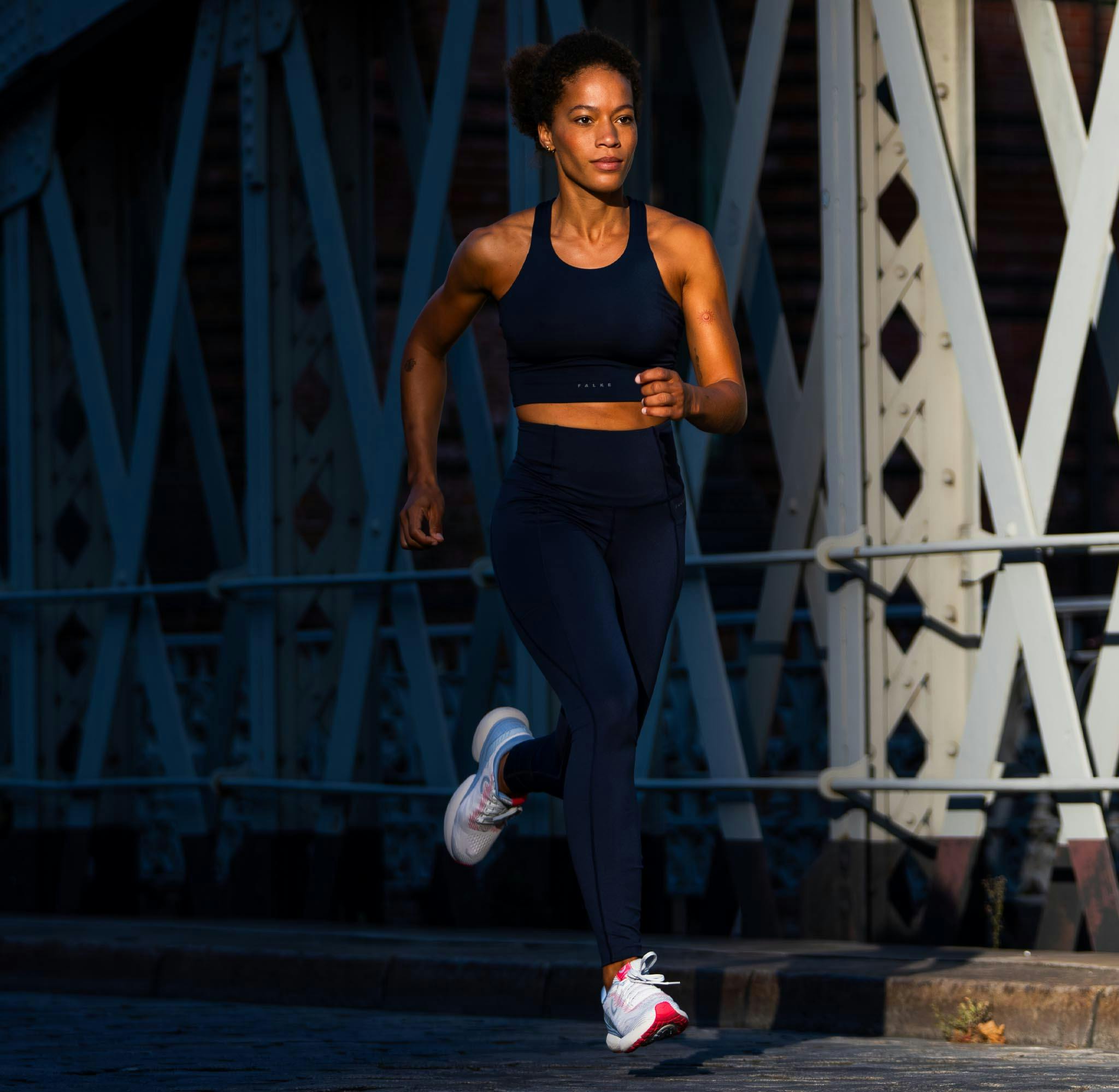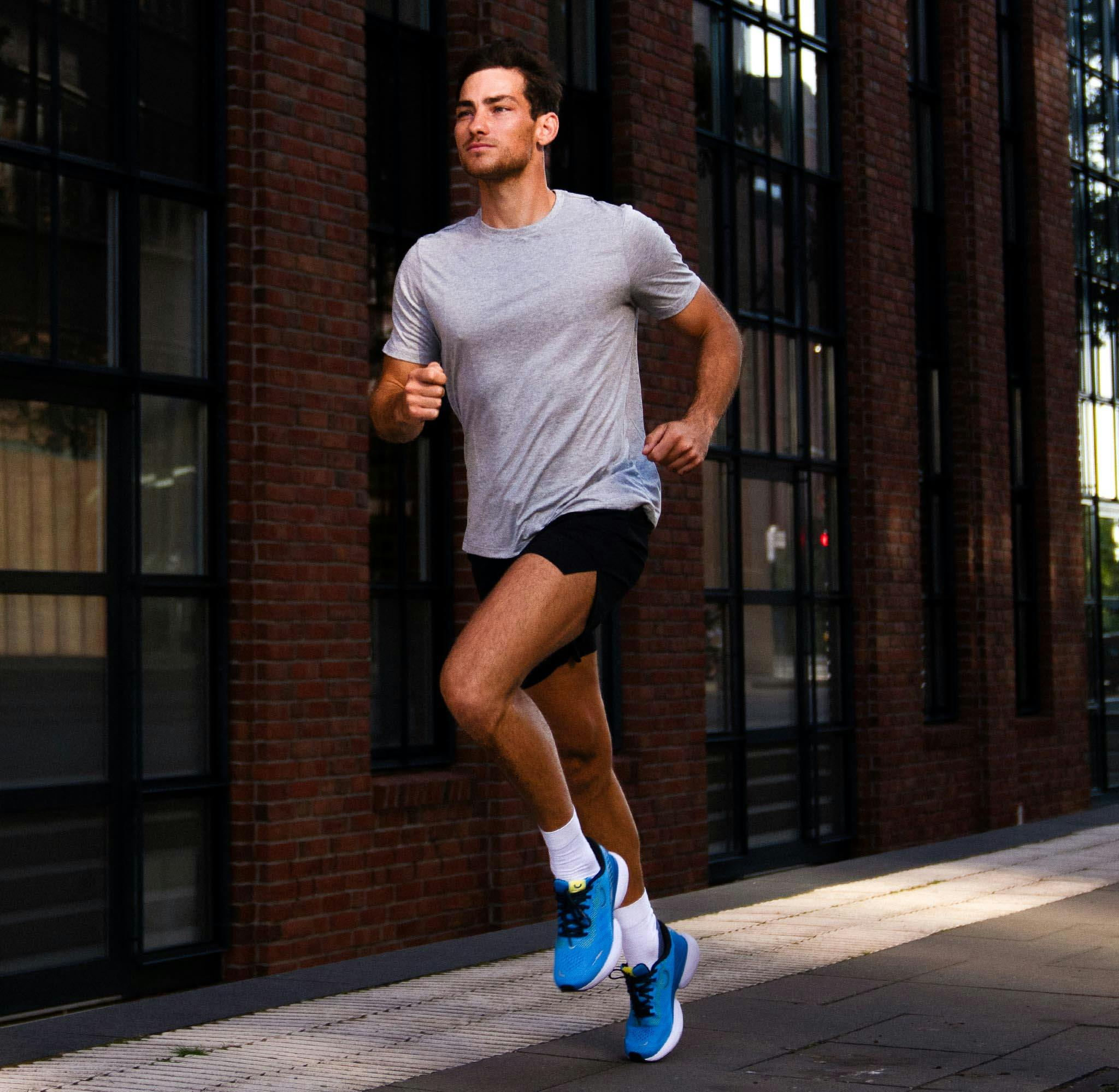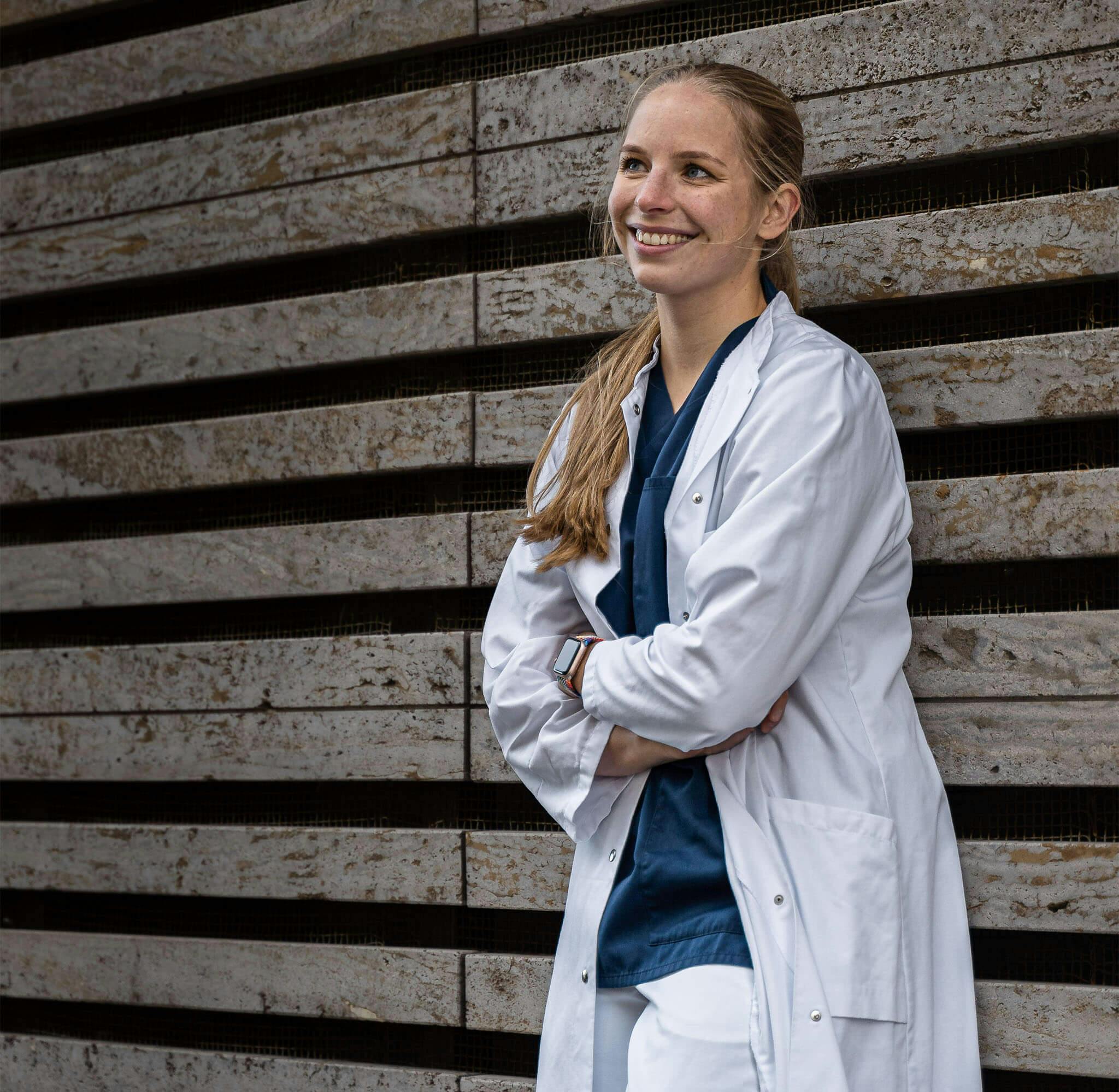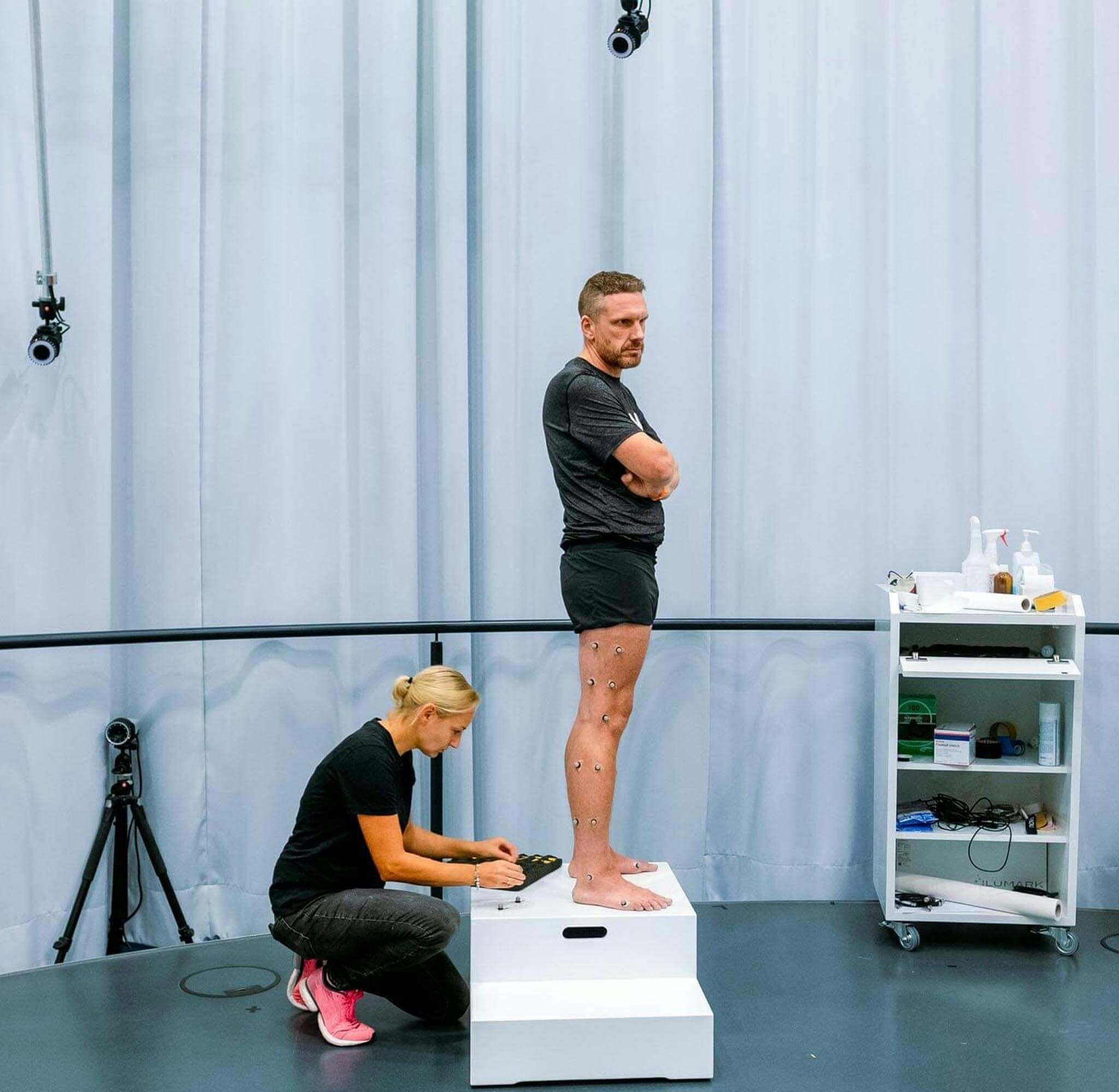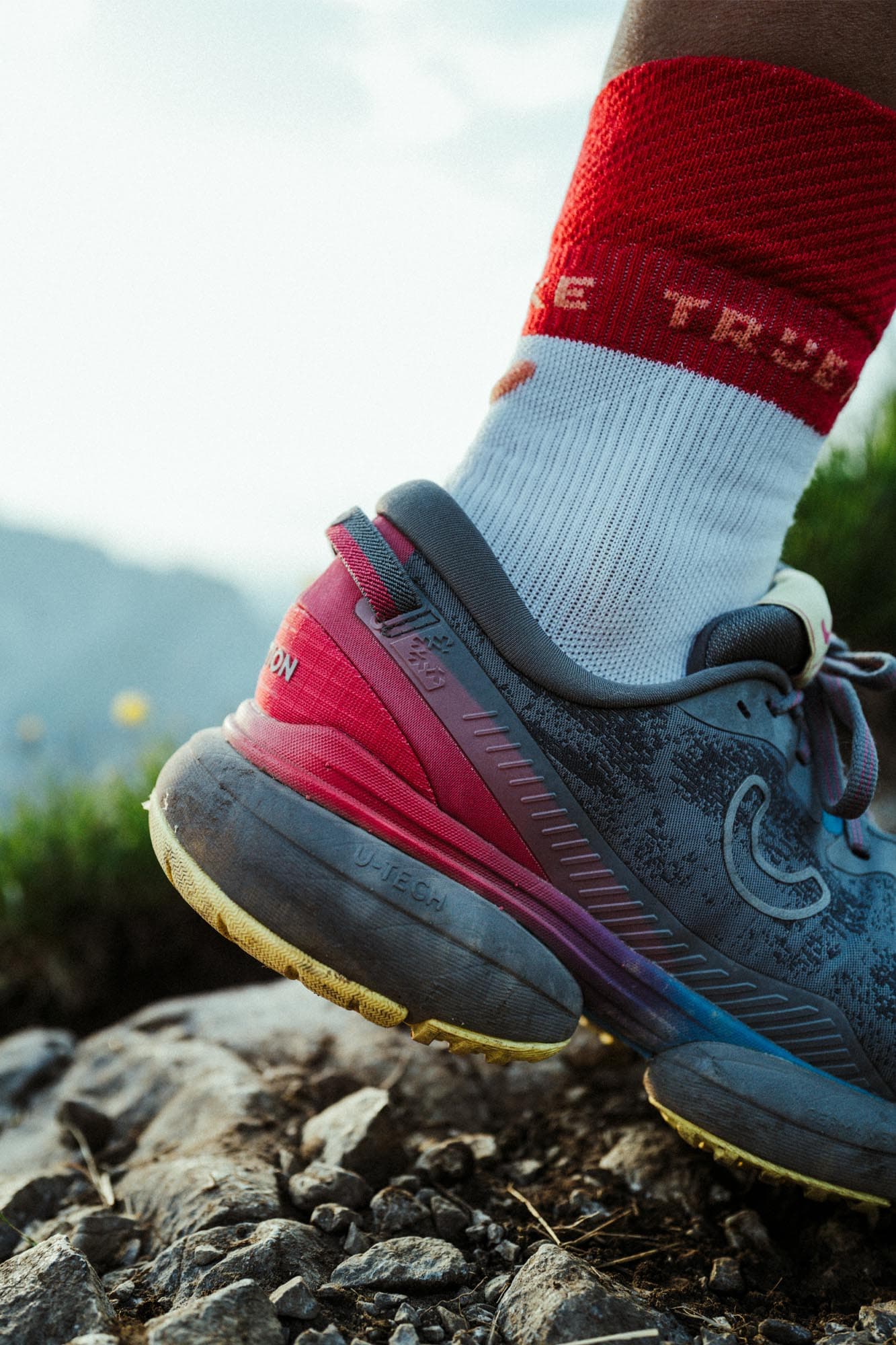
WHEN THE STRONGEST TENDON IN OUR BODY SHOWS SIGNS OF WEAKNESS:
WHY THE ACHILLES TENDON IS SO SUSCEPTIBLE TO RUNNING INJURIES
At rest, it is so strong that we could pull a small car with it: our Achilles tendon. However, under continuous stress and subsequent overloading, we may no longer be able to run a step without pain. Achilles tendon pain and injuries are common among runners. More than one in eight runners is injured at least once a year at this usually very strong tendon that connects our calf muscle to the heel. Dr. Paul Klein, sports physician and team doctor at 1. FC Köln, explains what makes the Achilles tendon so susceptible to injury, what we can do as soon as it hurts, and what to consider when treating an Achilles tendon injury.
It is the strongest tendon in our body – and yet it’s often injured while running. The Achilles tendon is the second most commonly injured structure after the knee. In numbers, 13.82% of all runners complain of Achilles tendon pain at least once in a year, forcing them to take a break from running.
This is shown by the results of the Run Better Research Study. This study, which included around 1,700 runners, was the first to find a correlation between the frequency of injuries to different parts of the runner’s body and the midsole technologies used in running shoes. (The most important results of the Run Better Research Study at a glance in Chapter 5, Part 2).
But what is the role of the Achilles tendon in our body? And is this perhaps the reason for its susceptibility to injury?
RUNNING WOULD NOT BE POSSIBLE WITHOUT THE ACHILLES TENDON
The Achilles tendon serves as a connecting element between the calf muscle and the bony heel. The calf muscle (triceps surae) basically consists of three different muscle cords, all of which converge in the Achilles tendon. The Achilles tendon is attached to the heel and in this way allows the calf muscle to transfer power to the foot.
With every step we take or run, we put strain on our Achilles tendon – several times our body weight rests on it at these moments. That’s not really a problem, because that’s what nature designed the Achilles tendon for.

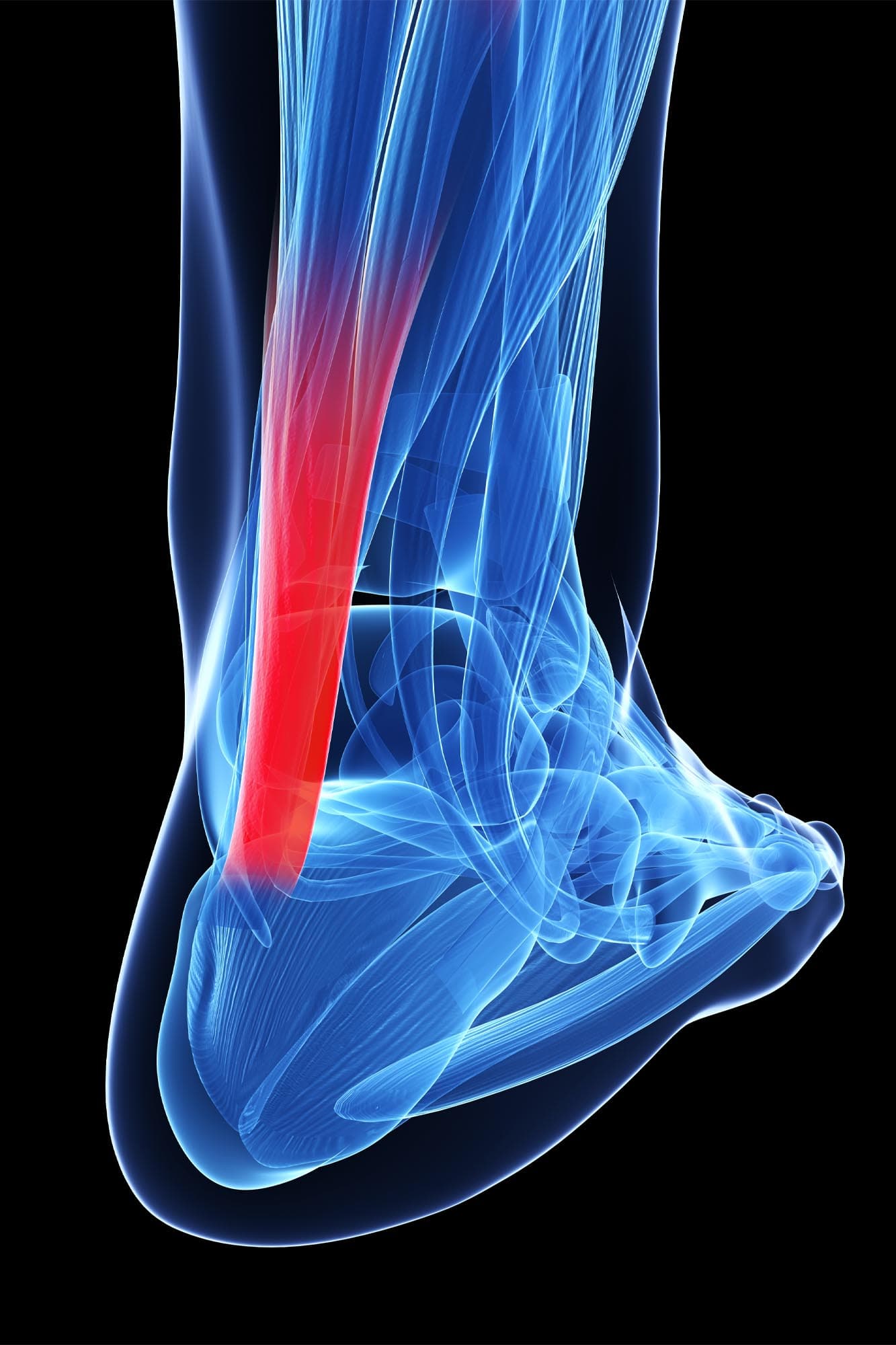
Dr. Paul Klein, sports physician and team doctor at 1. FC Köln (left, photo: Dr. Paul Klein) and an illustration of a sore Achilles tendon (right, illustration: Adobe Stock)
Dr. Paul Klein, specialist in orthopedics and sports medicine at MediaPark Orthopedics Center and team physician for the German Bundesliga soccer team 1. FC Köln, explains: “There is a reason why the Achilles tendon is the thickest tendon in our body – it has to carry the most weight. It is located at the lowest point of the body and responsible for stabilizing the foot, but also for making it flexible. It’s the only way we can move at all.”
Of course, the Achilles tendon is not solely responsible for enabling us to walk. But it is an irreplaceable component. The various parts of our musculoskeletal system must function individually, but also in interaction with neighboring structures, so that we can go about our daily lives without discomfort. This also applies to running. If one of the puzzle pieces does not function as it should, imbalances can occur. The injury risk increases.
WHERE DOES MY ACHILLES TENDON PAIN COME FROM?
“Injuries to the Achilles tendon can have a variety of reasons; common causes include overuse, incorrect application of force to the tendon, or the occurrence of damaging shear movements on the tendon structure,” explains Dr. Klein. Overloads can often be traced back to an excessive workload. In such cases, runners expose their bodies to a load intensity that is greater than their current load capacity. As a result, the tissue gives way, causing small tears that can lead to serious injuries.
One of the most common running injuries to the Achilles tendon is called Achillodynia, also known as Achilles tendinosis or Achilles tendon irritation. A tendinosis is a non-inflammatory modification in a tendon that can be extremely painful for those affected. “Previously often misinterpreted as inflammation, it is now known that tendinosis is rather a remodeling of the Achilles tendon with improper connective tissue, which is caused by overloading or harmful shear movements,” explains the sports medicine specialist. The more robust collagen type 1, which is important for the resilience of a tendon, is replaced by the looser collagen type 3, which draws a lot of water. As a result, the Achilles tendon swells, becomes thicker, is less resilient, and more prone to pain.
Achilles tendinosis is usually localized in the middle third of the Achilles tendon, but also at the base of the heel. If calcification of the structure also occurs, Dr. Klein and his colleagues speak of a so-called dorsal heel spur. In addition, there are a number of other diseases of neighboring structures that can painfully radiate to the Achilles tendon. Haglund’s deformity is a malformation of the heel with an additional hump that can increase pressure on the Achilles tendon. A bursitis between the heel and the Achilles tendon can also be a reason why runners feel pain in the Achilles tendon area.
In addition, the direct connection of the Achilles tendon with the calf muscle ensures that illness or pain in one structure have a direct influence on the other. Thus, a hardened calf muscle can cause pain in the Achilles tendon; and on the other hand, an injury to the Achilles tendon often leads to increased muscle tension in the calf.
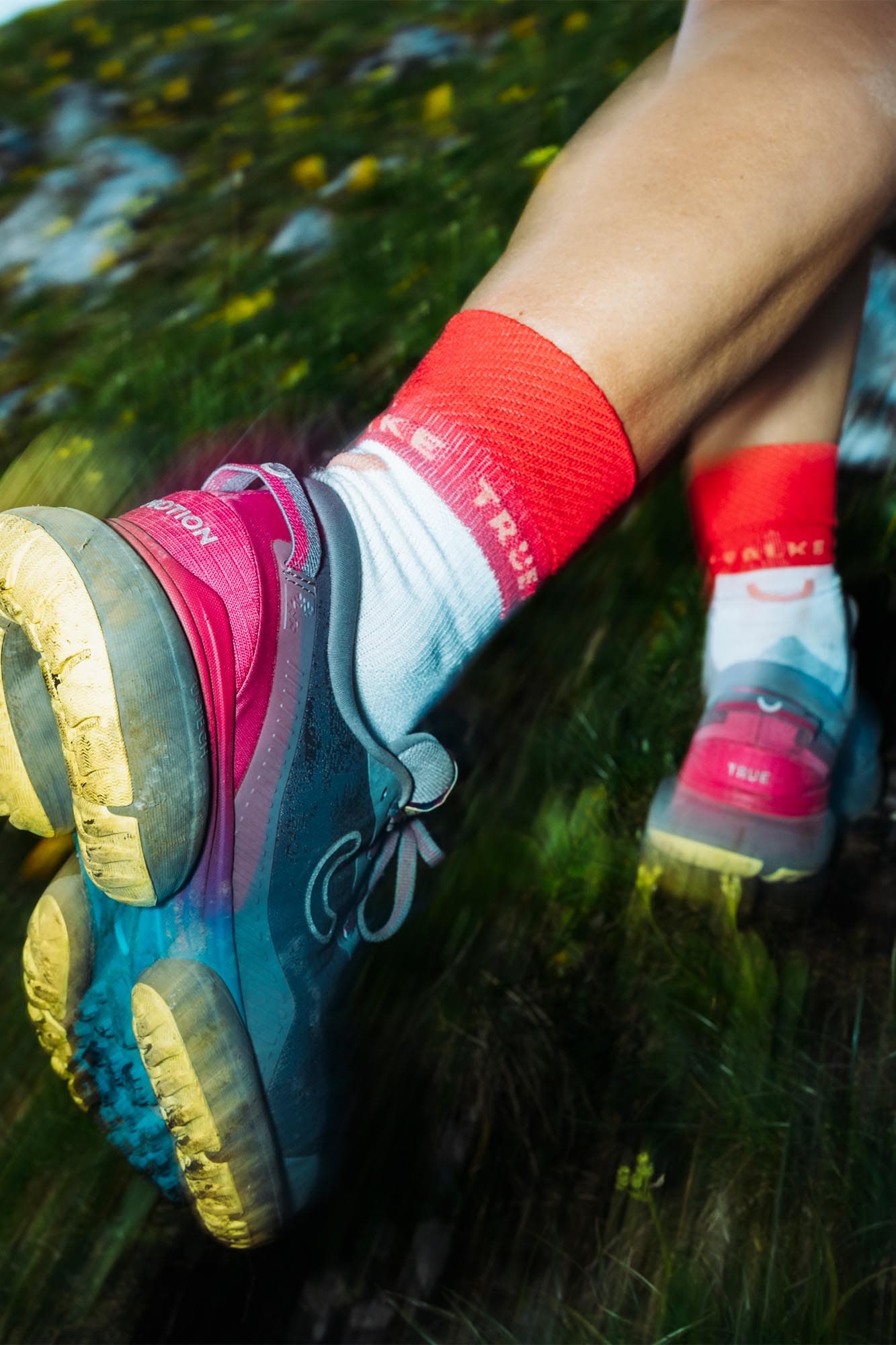
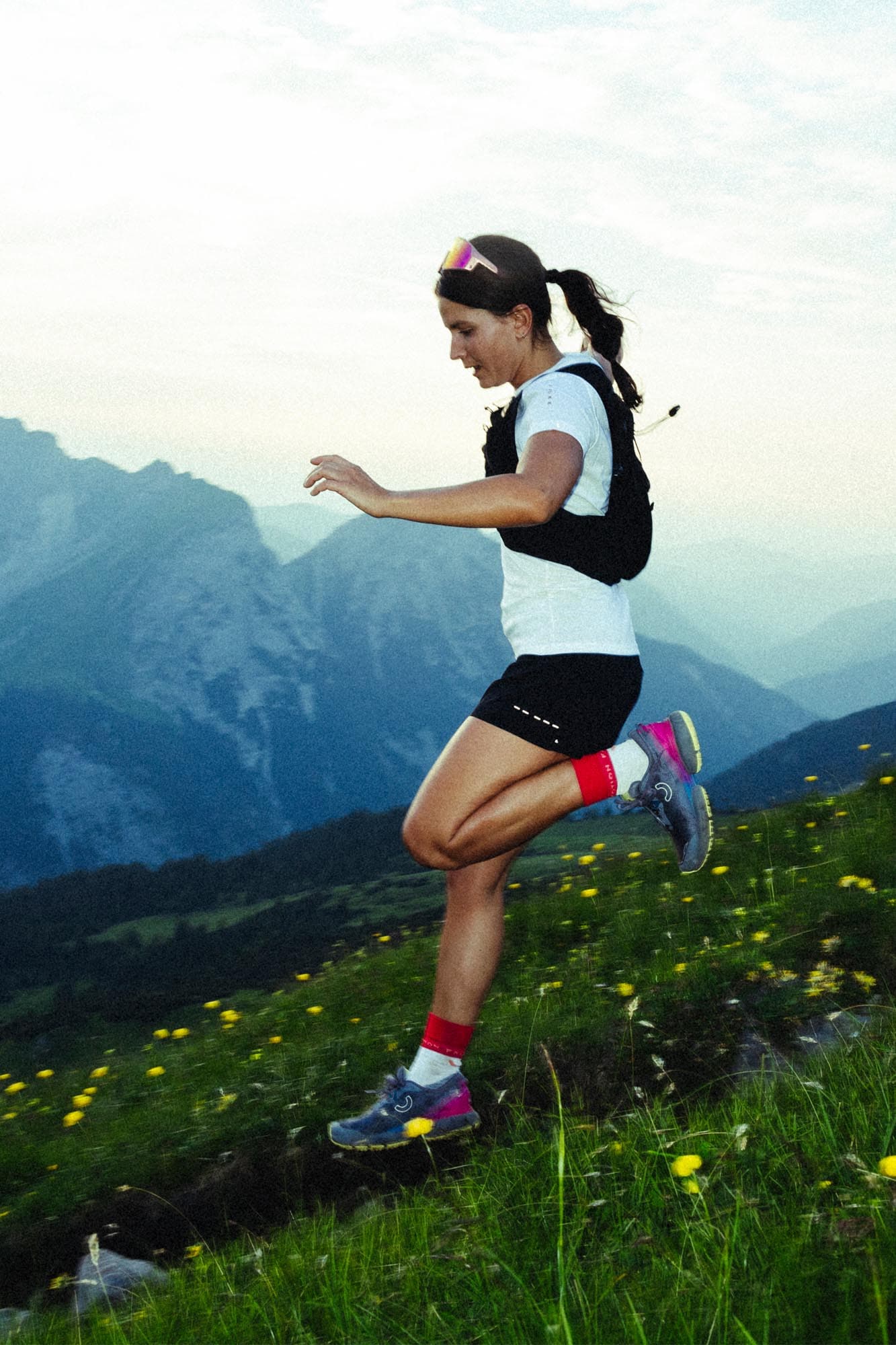
This interplay between muscle and tendon is a prime example of how closely our structures are entangled with each other to enable us to move without pain. This makes it all the more important to consult a specialist if pain persists – in order to get a suitable treatment plan in addition to a reliable diagnosis.
TREATING THE SYMPTOMS AND LOOKING FOR THE CAUSE
To determine Achilles tendon problems, Dr. Klein uses clinical and imaging diagnostic techniques. First, he determines where the pain is located. Depending on the suspected disease of the Achilles tendon, he uses an ultrasound exam, which clearly shows changes in the tendon – or additionally resorts to an MRI, which makes it even easier to visualize the tendon quality.
“In diagnostics, however, it’s not just about what the patients complains of, but also why they have these problems. So at least as important as the findings is determining the cause,” says Dr. Klein. There are a number of ways to do this. With the help of a movement analysis, for example, it is possible to examine the running technique and the movement patterns of the runner.
A look at the neighboring joints and the entire musculoskeletal system also provides information about possible accompanying injuries that could potentially have a negative impact on the Achilles tendon. These could be, for example, a leg length discrepancy or a knee that is limited in extension. “When treating Achilles tendon injuries, don’t just look at the foot,” says expert Dr. Klein. “The musculoskeletal system must be examined holistically for its functionality.”
A RUNNING BREAK DOES NOT NECESSARILY MEAN A BREAK FROM EXERCISE
If we have Achilles tendon pain while running, we usually have only one option, to interrupt the run and reduce the load on the affected structure. This is the only sensible thing to do at the moment of acute pain. At the same time, however, this does not mean immobilizing the foot for the next few weeks and putting as little strain on it as possible. After all, maintaining a certain basic activity of the tendon is important to ensure its functionality.
BE IN YOUR ELEMENT!
U-TECH NEVOS ELEMENTS NEXT GEN
By night. And by day. When the world hushes to a whisper and we feel the thrill of endless possibilities. When we start at our front door, running through streets and woods. When summer blend into fall, when we run through water and jump above sticks and stones, when exploring new ways. No matter what. Then we run wherever and whenever we want. Meet the new U-TECH Nevos Elements next gen.
Therefore, the following applies: a break from running is not the same as a break from exercise. “We should listen to the pain. However, a dosed load and movement are important in any case so that the Achilles tendon does not atrophy. If running is not possible without pain, we can well switch to the bike or the cross trainer,” explains the sports physician.
It is important to remember that the perception of pain is individual, and we should listen to our bodies. We should assess our own pain without taking painkillers, otherwise the anesthetized pain receptors will distort the information about the extent to which the affected structure can bear weight.
BIOMECHANICAL RUNNING SHOES TO RELIEVE THE ACHILLES TENDON
In order to reduce the load on our Achilles tendon, the choice of our running shoes is also a decisive factor. Not only that, but the results of the Run Better Research Study also show that our running shoes have a significant impact on the risk of Achilles tendon injuries. More specifically, the choice of midsole technology. According to the study, running in True Motion running shoes with U-TECH™ technology can dramatically reduce the risk of Achilles tendon injuries.
At first glance, the so-called U-TECH™ technology resembles an upside-down horseshoe. It is inspired in form and function by the structures of the human body; round and elastic – like the fat pad around human heels or the menisci in the knee. The aim is to reduce the load and thus the risk of injury. The core of the shoe is a notch in the rearfoot area that the heel sinks into during the transition phase. This way, the forces that occur during running are centered and aligned – and can run straight through our bodies as nature intended.
Thus, U-TECH™ technology draws on the same principles as professional diagnostics; it does not merely attempt to treat the symptoms. Rather, U-TECH™ addresses the cause of the discomfort in order to prevent it from occurring in the first place or from occurring again.
Achilles tendon pain is insidious, it keeps us from running, every step is painful. This is a setback for every runner. Especially when running is part of your job – as it was for former track and field athlete Jennifer Oeser. The two-time vice world champion in heptathlon tells us about her passion for running – during and after her career. About how she was thrown back by Achilles tendon problems but eventually able to overcome them. Jennifer’s inspiring story is available in Chapter 8 (Part 2) of our Run Better Project, starting September 7.
CHAPTER 8 (PART 2) ________
"TODAY I PREFER TO RUN AROUND THE LAKE"
"The beauty of running is that I can decide spontaneously when to start, how long and how far I want to run - completely flexible and independent of appointments and sporting commitments," says former professional track and field athlete Jennifer Oeser. Read the portrait on September 7.
→ READ PART 2 (SEPTEMBER 7TH)
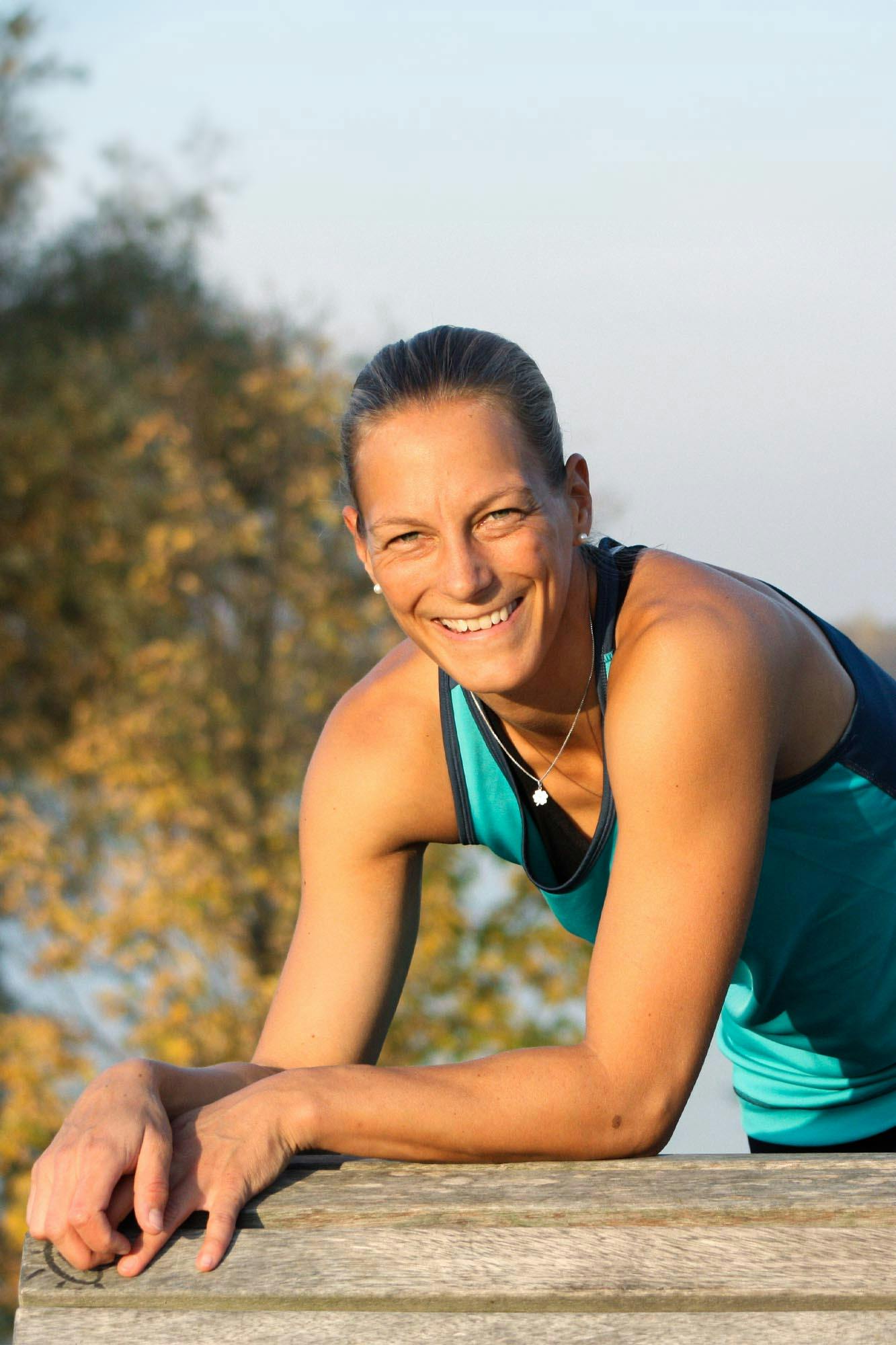

RESEARCH AND DEVELOPMENT:
SCIENTIFICALLY VALIDATED TECHNOLOGIES
Almost 100 % of our technology is derived from scientific findings and biomechanical research. Prof. Dr. Gert-Peter Brüggemann, head of the Institute for Biomechanics and Orthopedics at the German Sports University Cologne for decades, is largely responsible for this. Over the past 25 years, he has been part of numerous innovative running shoe developments – and thus a sought-after expert among the giants of the industry.
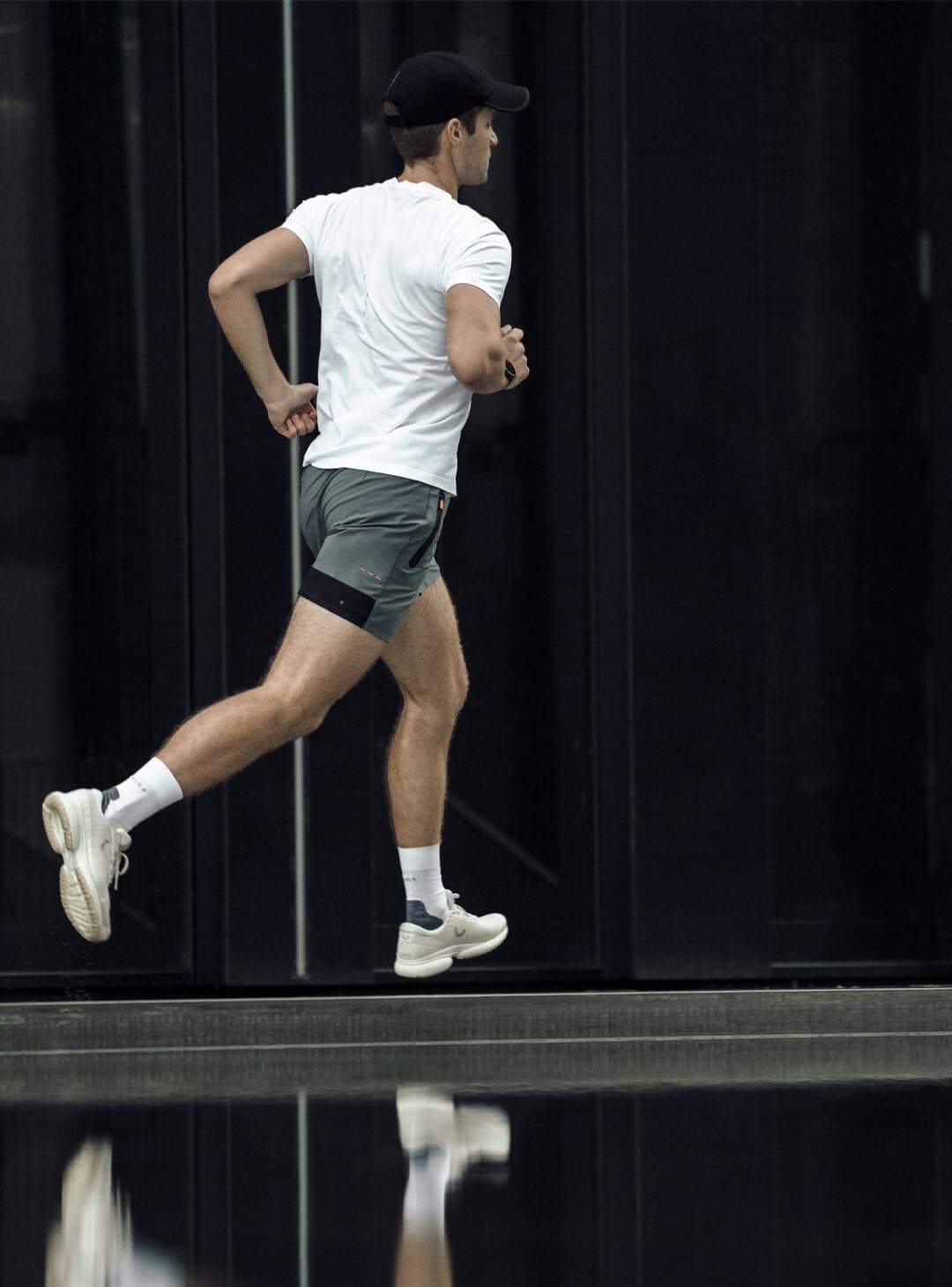
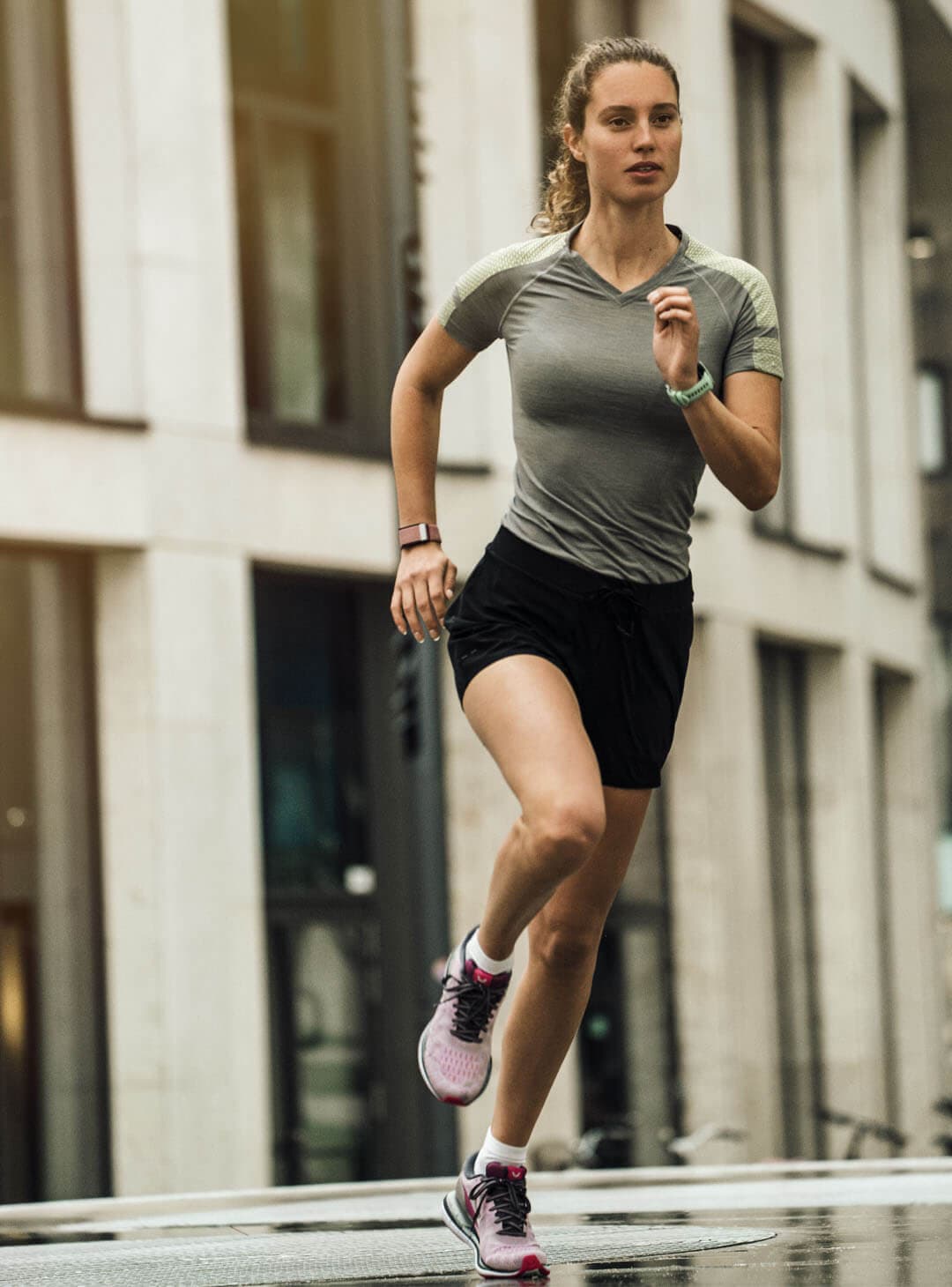
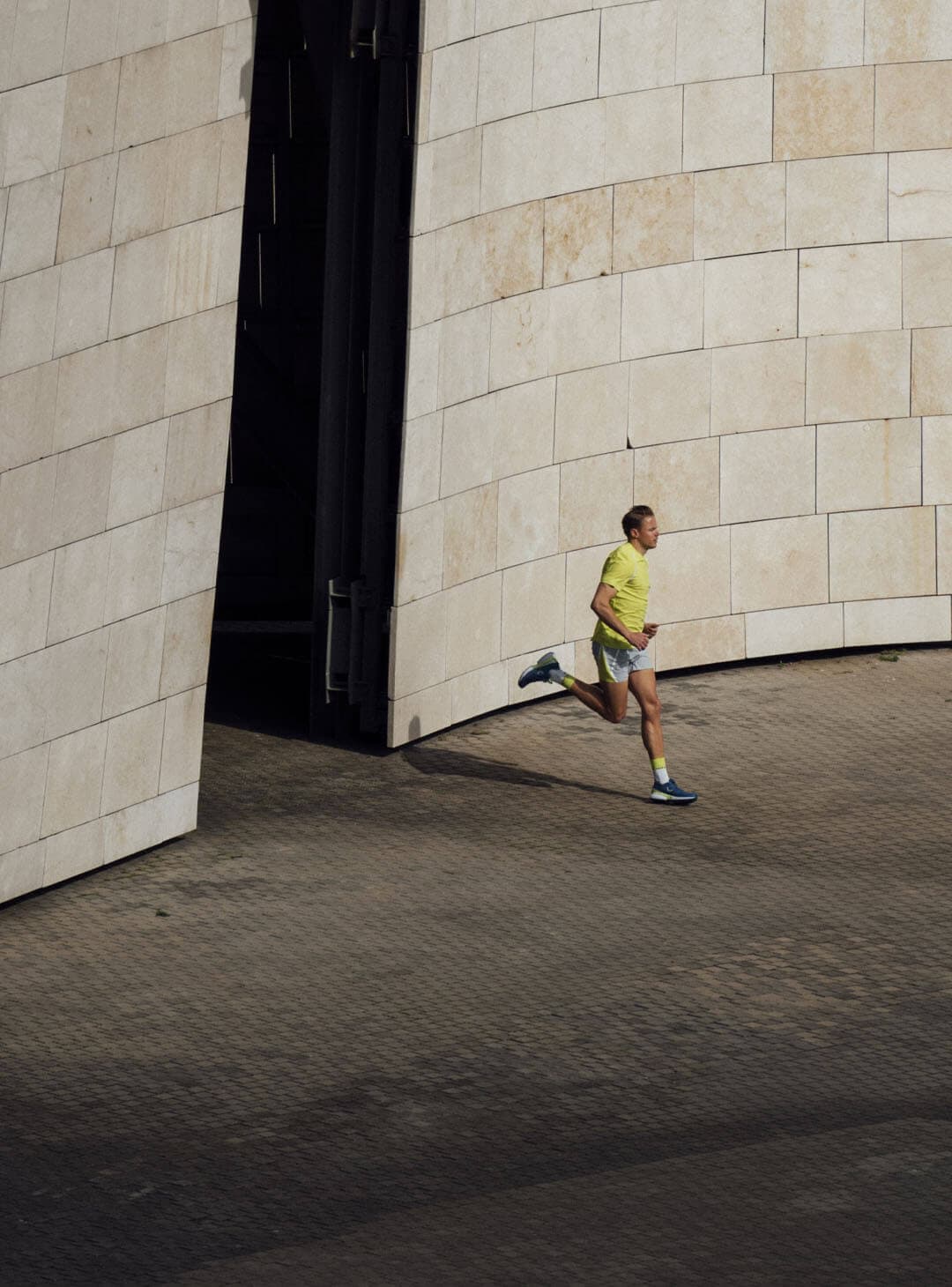

NEVER RUN OUT OF
NEWS
Discover all True Motion stories – and be the first to hear about new products, promotions and events. Simply, center your run!
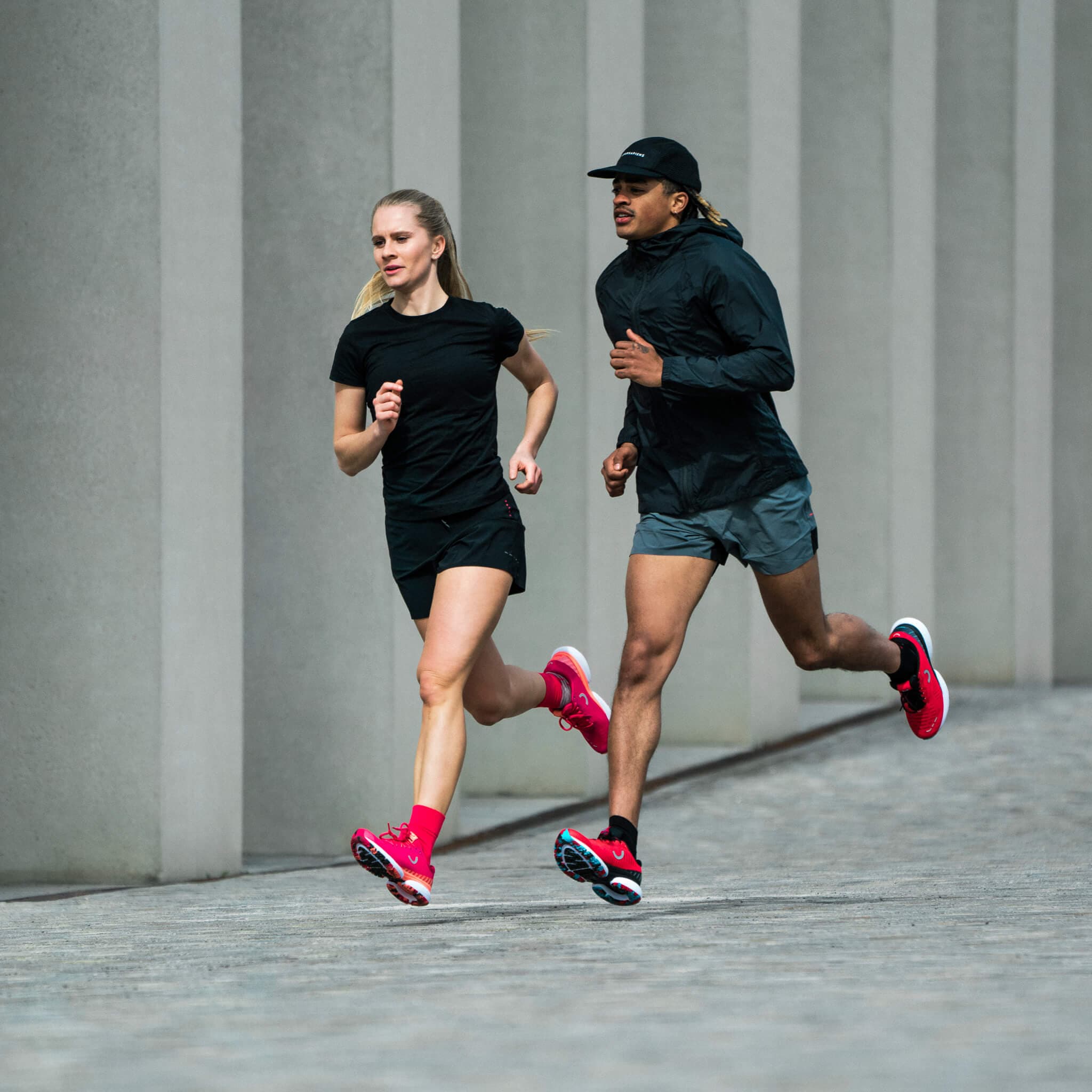
NEVER RUN OUT OF
NEWS
Discover all True Motion stories – and be the first to hear about new products, promotions and events. Simply, center your run!
RECOMMENDED BY



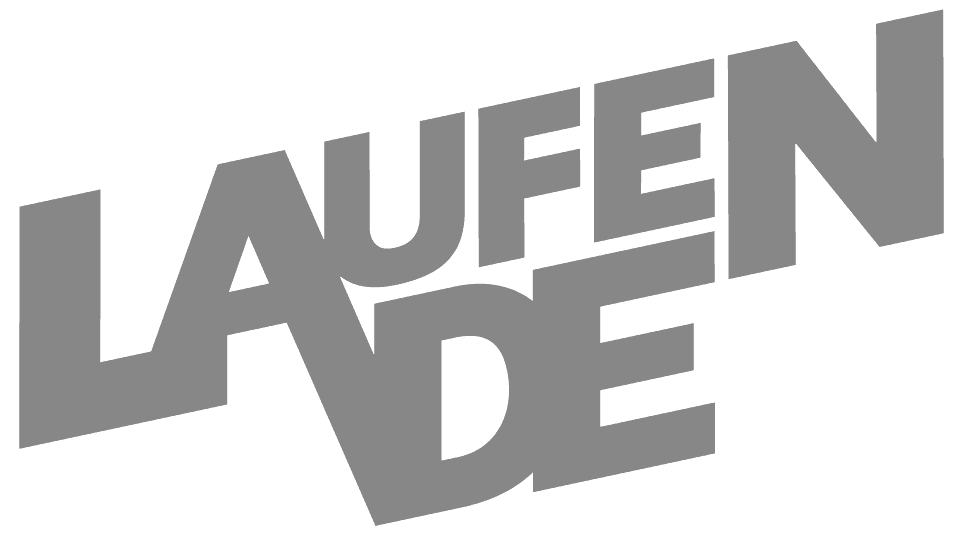




RECOMMENDED BY








GET 10 % OFF YOUR FIRST ORDER!
Get your personal running updates with exclusive discounts, product news, training plans and tips for healthy running - straight to your inbox. 10% discount on your next order.
SERVICE
ABOUT US
© 2025 True Motion Running GmbH

